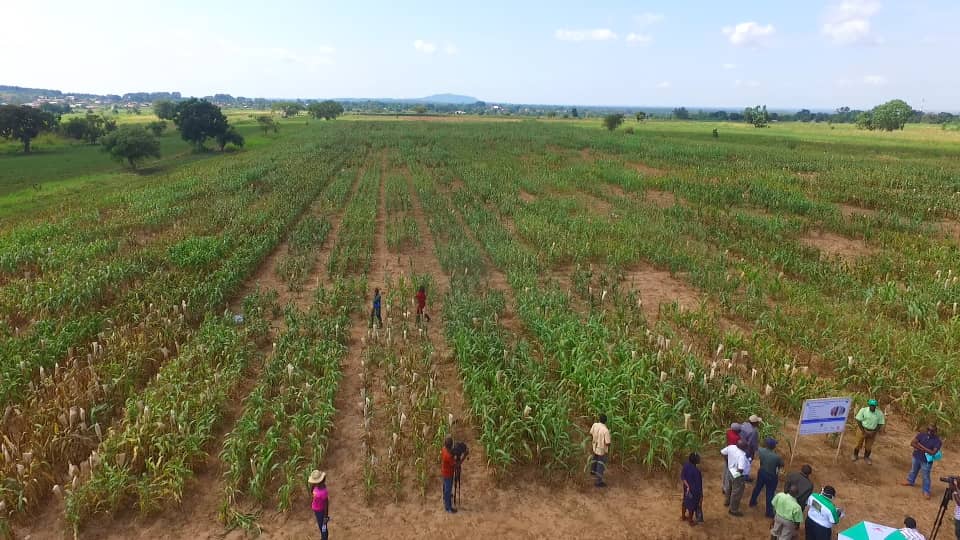Desert locusts: Aerial spray chemicals yet to arrive almost a month later
The Minister for Agriculture, Vincent Ssempijja has said government is still waiting for the consignment of the aerial spray chemicals to arrive so as to use the specialized aircraft to fight desert locusts.
The locusts on February 9 were first sighted in the country after crossing from Kenya through Amudat district in the northeastern Karamoja sub-region before spreading to the districts of Amudat, Abim, Kaabong, Nakapiripirit, Agago, Katakwi, Nabilatuk, Kitgum, Karenga, Kumi, Ngora, Soroti and Amuria, among others.
Keep Reading
Government later deployed UPDF soldiers to spray the migratory pests using the hand-held spray but despite the arrival of the specialized aircraft from the Desert Locust Control Organisation, a regional body, which was formed to fight desert locusts and another one hired, these have never been used due to absence of the chemicals used for aerial spraying.
“The specialized pesticide formulation for aerial spraying (Fenitrothion 96% ULV) is a challenge to obtain due to the current wave of desert locust outbreaks in the horn of Africa, Middle East, and the East African region,” Ssempijja said in a statement.
The minister said the Ugandan order of the chemicals to the manufacturers of Twiga Chemicals in Japan has been delayed by strict measures by the Kenyan government that requirement pre-shipment inspection in Japan which he said takes two weeks.
“However, the Supplier, Twiga Chemicals has been able to make partial delivery of 400 litres awaiting delivery of the full consignment. Kenya is also faced with the same challenge of ready availability of this chemical,” he noted.
The minister, however, noted that the migratory pests are currently housed in the districts of Amudat, Nakapiripirit, Nabilatuk, Moroto, Kotido, Kaabong, Karenga, Abim, Otuke, Napak, Katakwi, Amuria, Soroti, Ngora, Kumi, Bukwo, Kween, Agago, Kitgum, Lamwo, Pader, Bulambuli, Bukedea and Sironko but the swarms continue to spread to other districts and possibly laying eggs is expected to continue.
“The existing swarms have not caused significant damage to the vegetation cover; however, there is an eminent threat to food security when the eggs hatch into hoppers in the next few weeks as has been the case with our neighbour, Kenya,”Ssempijja said.
He noted that ground spraying by UPDF soldiers continues wherever the locusts have been sighted.
















